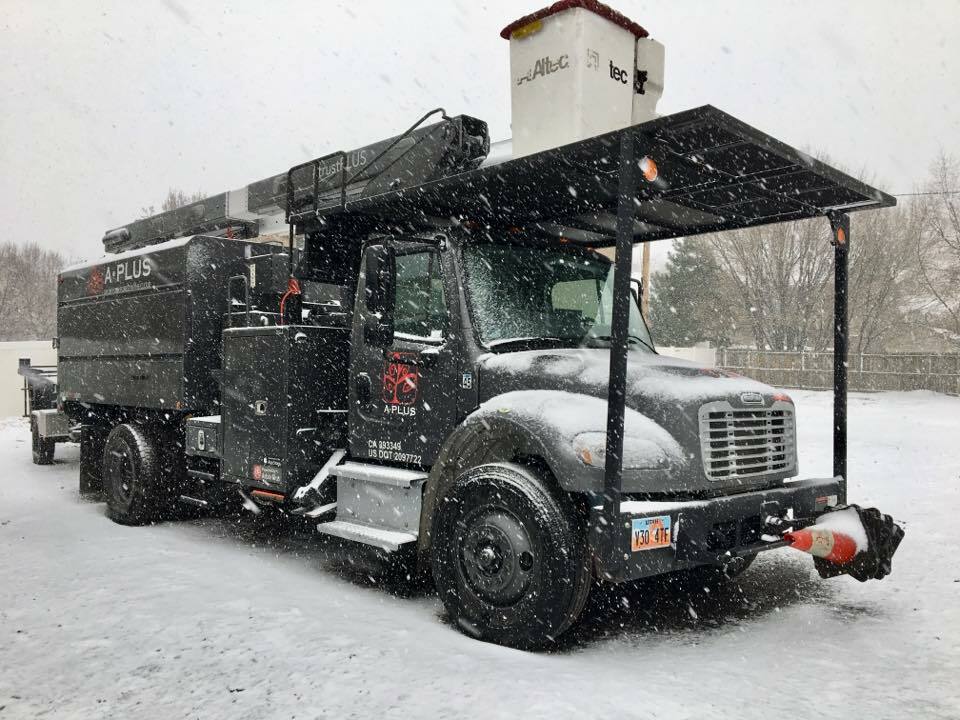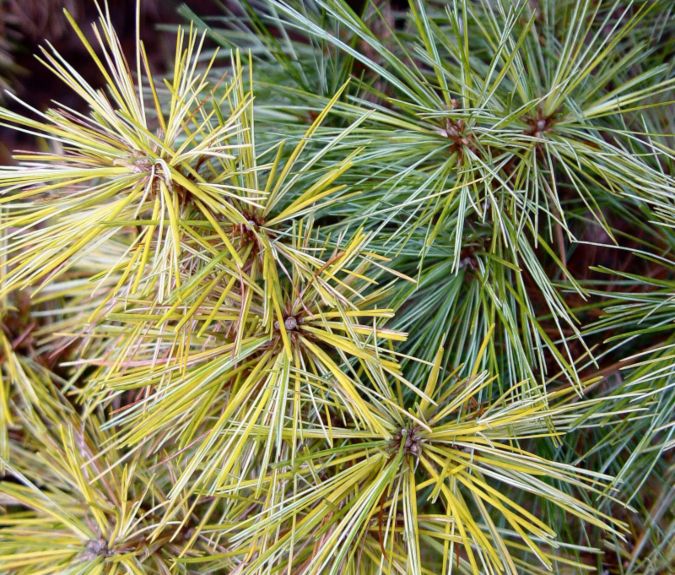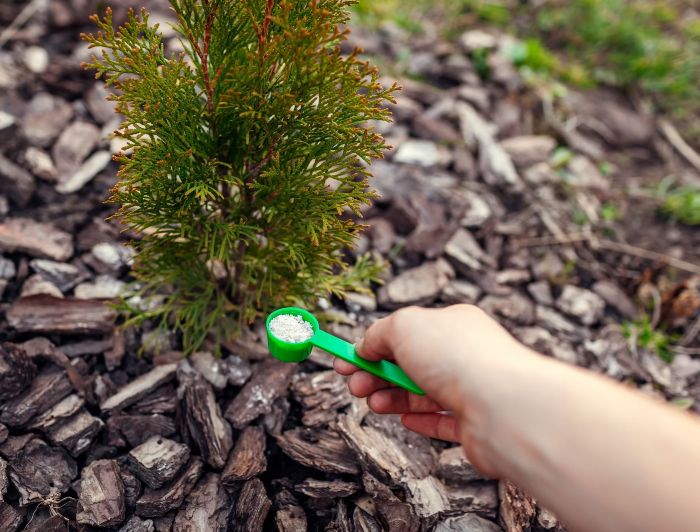With winter approaching, many tree owners wonder if their trees need extra help to thrive in the colder months. Does the end of the growing season mean an end to fertilizing? And what about evergreens, which retain their leaves year-round. Do they need a winter nutrient boost? Here’s what you need to know about tree fertilization, if it’s needed in winter, and how to care for evergreens during the colder months.
Why Winter Fertilization Isn’t Typically Needed for Trees
Trees follow natural growth cycles, which influence when they need nutrients the most. During spring and summer, trees are in full growth mode, producing new leaves, flowers, and roots. This is when they need the most nutrients to fuel growth and reproduction.
When autumn transitions into winter, trees, including evergreens, shift gears. Deciduous trees lose their leaves and go dormant, while evergreens slow their metabolic processes. Since there is minimal new growth during winter, trees simply don’t require the same nutrient input. Fertilizing a lot at this time can be a waste of budget or even harmful. Excess nutrients may leach into the soil or encourage unnatural growth that could be damaged by cold weather.

When to Fertilize Evergreens?
For healthy trees in optimal soil, fertilizing annually is generally enough. However, some situations call for more frequent fertilizing:
- Nutrient Deficiencies: If your evergreens are showing signs of stress, like yellowing or sparse foliage, it may be a sign of chlorosis (nutrient deficiency) or poor soil quality.
- Specific Species Needs: Some types of evergreens, like yews or hemlocks, may have higher nutrient demands compared to hardy pines or spruces.
- Stressed or Damaged Trees: Recently transplanted or storm-damaged trees may need additional support to recover.
Signs That Your Evergreen Trees Need Fertilization
How can you tell if your evergreens need a nutrient boost? Here are some signs your tree may be asking for help:
- Yellowing or Pale Needles: A healthy evergreen should have deep green needles. If they appear yellow or pale, it could indicate a nitrogen or iron deficiency.
- Sparse Foliage: If branches look thin or the tree appears less full, it may not be receiving adequate nutrients to support new growth.
- Stunted Growth: If your evergreen hasn’t grown as expected during the last growing season, it might be struggling from poor soil conditions or nutrient shortages.
- Unnatural Needle Drop: While some needle drop is normal, excessive shedding, especially of younger needles, can be a sign of stress.
- Poor Soil Conditions: If your soil tests low in key nutrients, your evergreens are likely feeling the effects.

When Is the Best Time to Fertilize Evergreens?
The best time to fertilize evergreen trees is right before or at the beginning of their active growing season, which is usually in early spring. This allows the tree to fully absorb the nutrients right in time for new growth.
In addition, factors like soil quality, tree health, and environmental conditions can also affect fertilization times:
- Newly Planted Trees: Trees that have been recently planted or transplanted benefit from light, regular fertilization.
- Stressed Trees: Evergreens in poor soil or recovering from stress may need more frequent fertilization to revive.
- Regional Conditions: In areas with long winters, the growing season may be shorter, so adjust your timing accordingly.
Types of Fertilizers for Evergreens
Selecting the best fertilizer for trees is one of the first steps in fertilizing. Here’s a breakdown of the most common options:
Organic vs. Synthetic Fertilizers
- Organic Fertilizers: These include compost, manure, and bone meal. They release nutrients slowly and improve soil health in addition to tree health.
- Synthetic Fertilizers: Typically higher in nutrient concentrations, synthetic options deliver quicker results.
Slow-Release vs. Quick-Release Fertilizers
- Slow-Release: Gradually feeds the tree over an extended period, reducing the risk of nutrient burn and leaching.
- Quick-Release: Offers immediate nutrient availability, ideal for rapid correction of deficiencies.
Macro and Micronutrients
Evergreens thrive on a balance of macronutrients (nitrogen, phosphorus, and potassium) and micronutrients (iron, manganese, and zinc). Soil testing can help you determine which nutrients your trees may be lacking.
How to Apply Fertilizer to Evergreen Trees
There are several methods to fertilize evergreens, each with its own advantages:
- Granular Fertilizers: Spread evenly around the base of the tree, avoiding direct contact with the trunk. Water thoroughly to help nutrients seep into the soil.
- Liquid Fertilizers: Applied with as a soil drench or injection, liquid fertilizers provide quick nutrient absorption by targeting the root zone.
- Fertilizer Spikes: Convenient and easy to use, spikes are driven into the soil near the tree’s drip line, releasing nutrients over time.
- Trunk Injections: Used for severe deficiencies, this professional-grade method delivers nutrients directly into the tree’s vascular system.
Always follow manufacturer instructions for application rates and frequency to avoid over-fertilizing, which can harm your trees. Check out How to Fertilize Trees for more info!

Caring for Evergreens During Winter Without Fertilizer
Even though fertilizing in winter isn’t recommended, there are plenty of ways to care for your evergreens during the colder months:
- Irrigation: If winter is dry, water your evergreens occasionally, especially before the ground freezes, to prevent dehydration.
- Mulching: A layer of mulch around the tree’s base helps retain soil moisture and insulates roots from extreme temperature swings.
- Pruning: Trim dead or damaged branches to reduce damage and excess end weight.
Need help on tree fertilization and evergreen tree care? Our Certified Arborists are on deck to assist. Reach out for a complimentary assessment!





